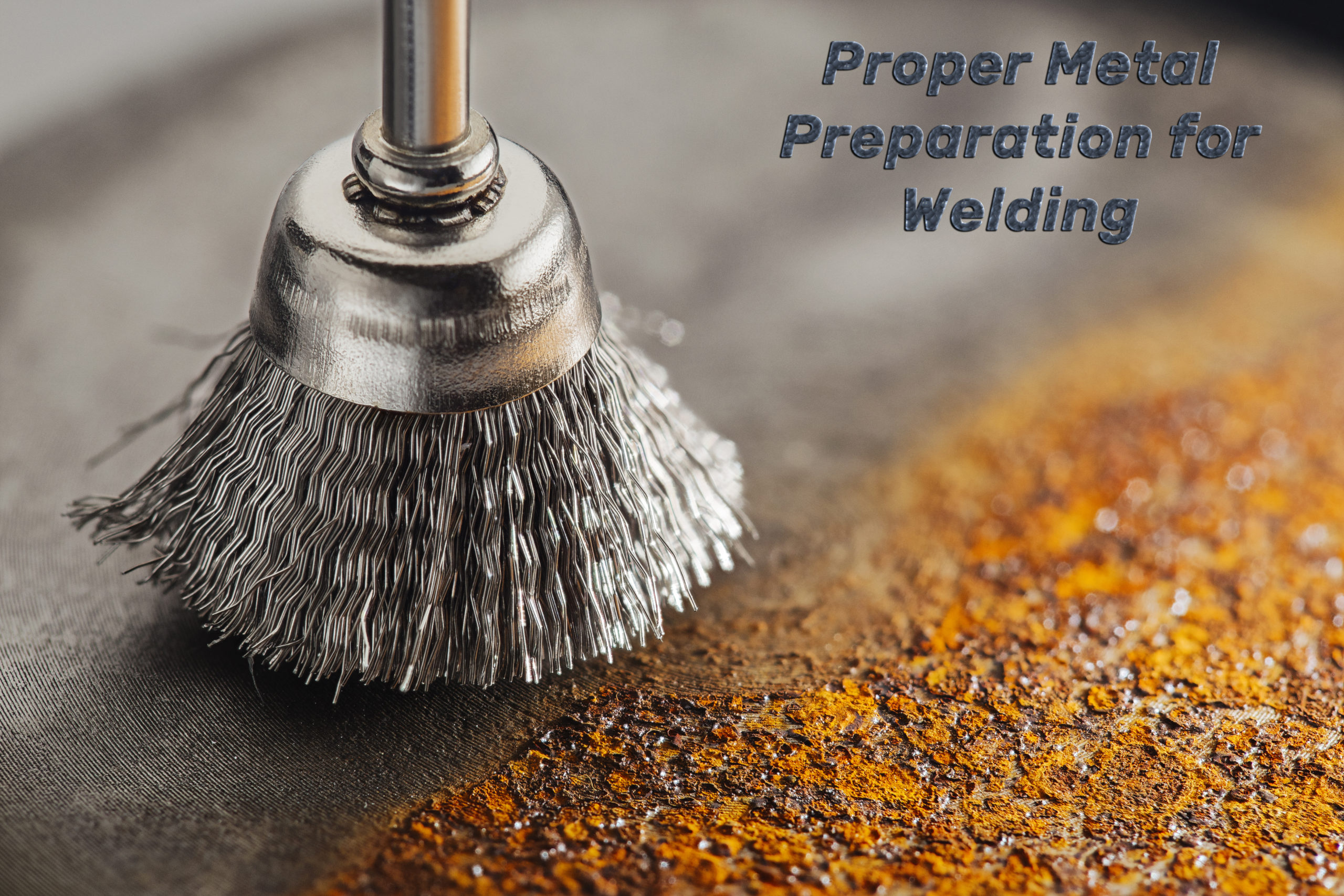
Proper Metal Preparation for Welding
When you weld, braze, or solder, prioritize metal preparation. Proper prep ensures safe, efficient work and the best results. Rushing through this step leads to bigger problems later, whether you’re an amateur or a pro. Don’t make that mistake.
Here are the key principles for preparing metal for welding:
Secure the part
No matter what you are welding, you want to make sure that it is not going to move around when you actually weld it. Take your time to ensure that you’re using a suitable clamp to hold the part in place so that you can work on it without worrying about anything coming loose.
Pre-clean the parent metal
The cleaner the parent metal, the smoother the welding process. Pre-clean the material and remove any impurities to avoid contamination. Use tools like a wire brush, Dremel, or sandblaster for heavy impurities, and angle grinders or plasma cutters for finer prep. Finish with a rag to remove oil, grease, or dirt. Taking this step upfront prevents problems later.
Bevel the joint
Now that your welding surface is well-prepared, you can bevel the joint to create the slope that you need for the weld. This helps to reduce the thickness of metal that needs to be handled on the first pass and makes for a much safer welding experience all around. Doing this effectively creates a sound joint that will last the test of time.
Follow all relevant safety guidelines
Welding is a dangerous activity, and so it’s important that you take the various safety precautions seriously. Ensure you have the right welding helmet and safety gloves, and set up your workspace to minimize accident risks. Don’t cut corners on safety. Having the right safety equipment and following the best practice safety procedures is paramount.
Double-check your plan
Before welding, have a clear plan. Double-check that you’re using the right speed for your equipment, following safety guidelines, and measuring accurately. If you spot an error, fix it now.
There you have it! If you follow those simple steps you are well on your way to proper metal preparation for welding, brazing, and soldering. Remember – going slower and getting the preparation right is actually the way to get things right the first time.
If you need any equipment or welding supplies for your upcoming projects, be sure to check out what we have to offer here at Muggy Weld. You’ll find a vast array of products that are suited to any number of different projects.
